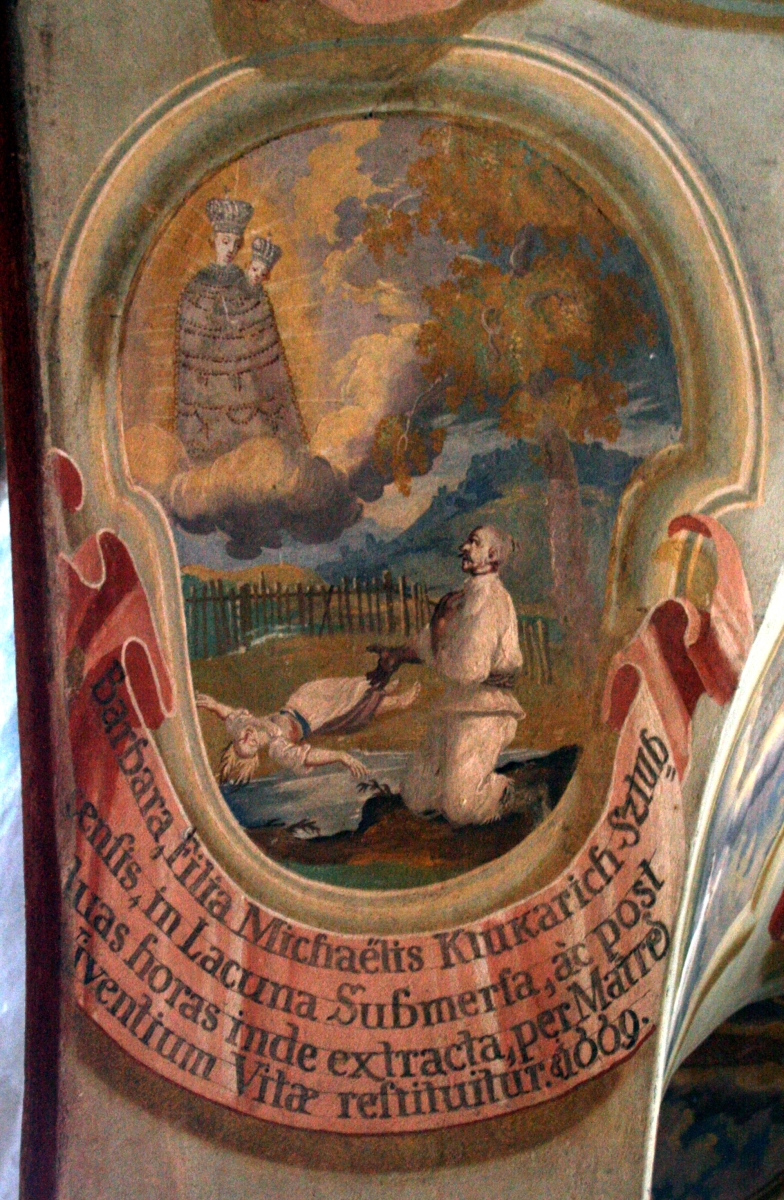Did you know that the Croatian Sistine Chapel is located in Zagreb?
Shrine of St. Mary of Remete is tucked away in the hills of Remete, in the north of Zagreb and it’s the second most important Marian pilgrimage in central Croatia, after Marija Bistrica.
The first written traces of a monastic community there goes back to 1288. The church was built around 1319 in a place that was uninhabited at the time and where hermits, namely Pauline Fathers, gathered (called eremiti in Croatian, hence the name Remete).
The church was destroyed by the Turks in the 16th c., when all the monks were killed, and it obtained its Baroque features when it was renovated later, and it served as a church for all villages north of Zagreb.
A Pauline master Ivan Ranger painted beautiful frescoes on the church’s walls so it came to be known as “Croatian Sistine Chapel”.



Wikimedia commons
However, the church was destroyed in the great earthquake of 1880, when the central nave collapsed, and the entire inventory was destroyed.
Ivan Standl
Then in 1881, another earthquake hit and further damaged the church and the rectory. In addition, Herman Bolle, who was in charge of its restoration, wasn’t particularly fond of Baroque, so he changed some of its features to be more Gothic, some Baroque elements were renovated because building everything anew was too expensive, and most frescoes were covered.
Ivan Standl
According to Dragan Damjanović’s paper on the restoration process, during the restorations of the church in the twentieth century, a part of Bollé’s additions was removed and some of the Ranger’s fresco paintings, which had been covered by Bolle’s work, were now restored – mainly in the sanctuary and the central nave.
The miraculous statue of Our Lady, Fidelissima Mater Advocata Croatiae Sanctissima Virgo Remetensis, has helped many pilgrims over the ages, but, unlike the pilgrimage sites such as Marija Bistrica, Trsat, and Sinj, Remete is rarely crowded and it remains a place of peace and quiet,
Take a 360 tour of the church here.
You can see what the pilgrimage and the village looked like in 1936 below:








